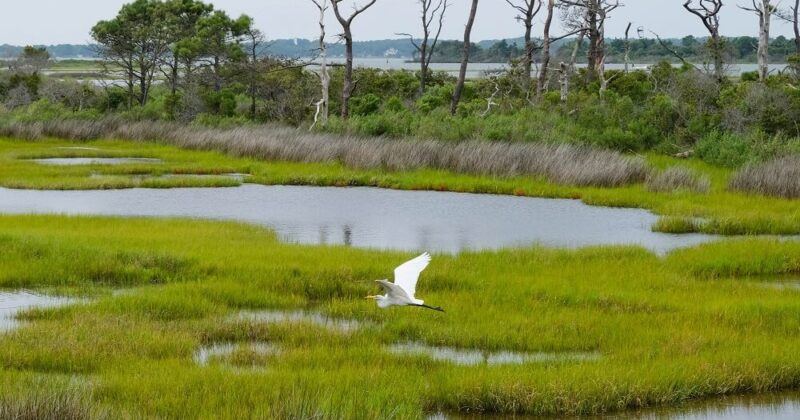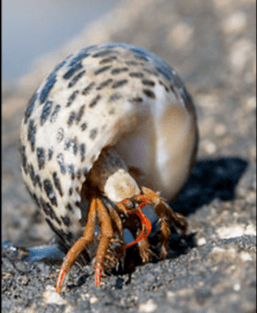
Do protected areas benefit wildlife?
A new study published in the journal Nature suggests that there is room for improvement when it comes to protected areas and their impact on wildlife.
According to the International Union for Conservation of Nature (IUCN):
“A protected area is a clearly defined geographical space, recognised, dedicated and managed, through legal or other effective means, to achieve the long term conservation of nature with associated ecosystem services and cultural values.”
This includes areas such as national parks, nature reserves, wilderness areas and areas of outstanding natural beauty.
When you look at the definition of a protected area by the IUCN and as the findings of this study would suggest, it’s not just as simple as selecting an area on the map and calling it a protected area. Especially when research indicates that wildlife populations in protected areas are not necessarily any better off than those in unprotected ones.
As reported by the BBC, the UN Biodiversity Conference (COP 15) is taking place in the...





